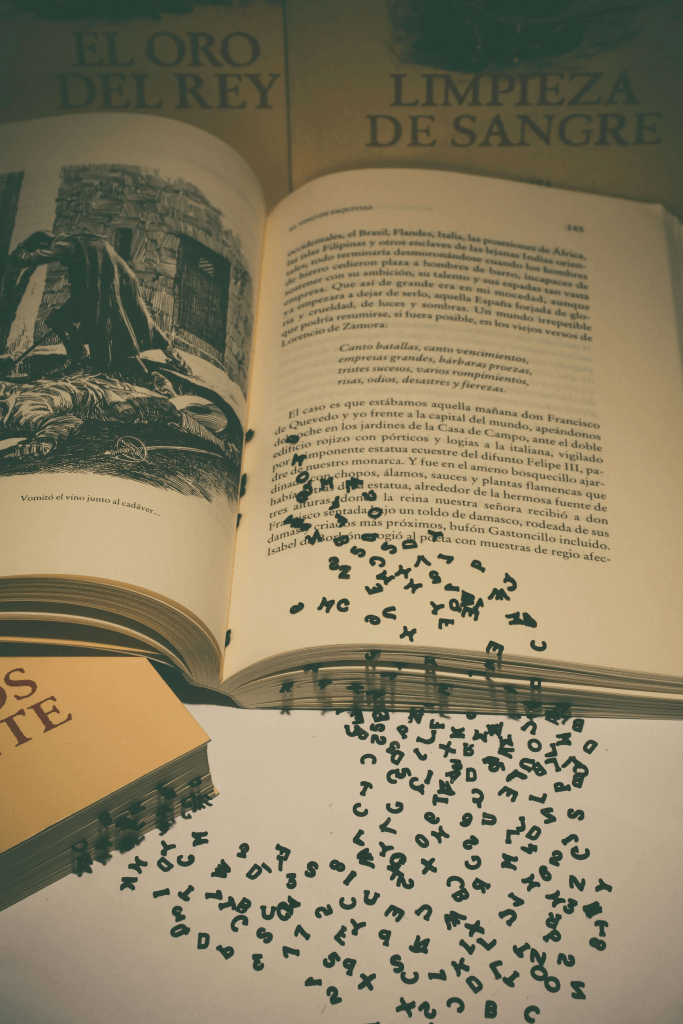
What Makes a Psychological Thriller
Welcome to Part 1 of “What Makes a . . .” a series of posts where I will be sharing the top principles of what makes a certain genre really thrive. This post is all about what makes a psychological thriller work. Discover the five elements that will keep your readers guessing and questioning reality all the way to the end (or beyond).
Be sure to check back next month for part 2 What Makes a Fantasy Novel, and part 3 What Makes a Memoir. Then be ready to dive deeper into each genre with a month of psychological thrillers in October. Memoirs in November as we reflect on what we are grateful for and spend time (too much time?) with family during the holidays. We will pick up with Fantasy as we enter the new year!

What Makes a Psychological Thriller Work?
What makes a psychological thriller work? What does a psychological thriller need to thrive and pull readers in? First, it needs an unreliable narrator, one that keeps readers questioning reality. Thrillers need an inner crisis and psychological conflict as well as to explore the darkness within humanity. Next, psychological thrillers need twists, turns, and to play with readers’ expectations. To make it really stand out and be truly thrilling, it needs authentic but complex characters.
Unreliable Narrator and Questioning Reality
Psychological thrillers often feature a protagonist or narrator whose perceptions are distorted, causing readers to question was is real and what is not. This device creates tension and keeps readers guessing!
Examples:
Gone Girl by Gillian Flynn: Both Nick and Amy’s perspectives are unreliable, with shifting truths and manipulations that keep readers off-balance.
Shutter Island by Dennis Lehane: Teddy Daniels’ investigation is shadowed by his own unraveling sanity, blurring the lines between reality and delusion.
The Silent Patient by Alex Michaelides: Theo becomes unreliable as he uncovers dark secrets and the lines between sanity and madness blur, culminating in a shocking twist.
Inner Crisis and Psychological Conflict
The protagonist faces an intense inner crisis, often triggered by external events, leading to self-doubt, paranoia, or obsession. The story’s suspense is rooted in the character’s mental and emotional turmoil.
Examples:
Famous Last Words by Gillian McAllister: Camilla constantly doubts her own past with her husband, and whether or not he could really be the evil person others are making him out to be.
The Girl on the Train by Paula Hawkins: Rachel’s alcoholism and memory gaps create a constant internal struggle, fueling the plot’s suspense.
Before She Knew Him by Peter Swanson: Hen, who struggles with her own mental health history, becomes obsessed with the idea that her neighbor is a murderer, leading to escalating psychological conflict.
Exploration of the Darkness Within Humanity
These stories delve into the darker aspects of human nature – obsession, manipulation, guilt, and the capacity for evil – often within familiar, domestic settings.
Examples
The Last Word by Taylor Adams: The protagonist faces both an external threat and the darkness of her own grief and paranoia, highlighting the genre’s fascination with human vulnerability and evil.
None of This is True by Lisa Jewell: This novel delves into manipulation and the sinister undercurrents of seemingly ordinary lives, exposing the darkness lurking beneath the surface.
Twists, Turns, and Playing with Expectations
Effective psychological thrillers subvert readers’ expectations with shocking twists, reversals, and reveals – often using familiar relationships (family, friends, neighbors) to heighten the impact.
Examples:
Behind Her Eyes by Sarah Pinborough: The novel’s infamous twist redefines everything the reader thought they knew about the characters and their motives.
The Couple Next Door by Shari Lapena (one of my all time favorite authors!): The disappearance of a baby and the secrets between neighbors lead to a series of unexpected revelations.
A Flicker in the Dark by Stacy Willingham: As secrets from the past resurface, the novel delivers multiple twists that challenge both the protagonist’s and the reader’s expectations.
Authentic, Complex Characters
The genre relies on deeply developed, psychologically authentic characters whose motivations and histories are gradually revealed, sometimes as part of the plot twist!
Examples:
The Only One Left by Riley Sager (another one of my favorite authors!): Kit McDeere, a caregiver with her own troubled past, and Lenora Hope, a mysterious patient, are both deeply layered, driving the psychological intrigue.
All Good People Here by Ashley Flowers (Crime Junkie fans?): The protagonist’s personal history and emotional complexity are central to the unraveling of the mystery, making her journey as compelling as the plot itself.
Does your psychological thriller have what it takes?
Does your psychological thriller have what it takes to thrive in the market? Are you ready for a professional pair of eyes to help you ensure your manuscript includes these five key elements? Reach out today to schedule time to discuss content editing.
